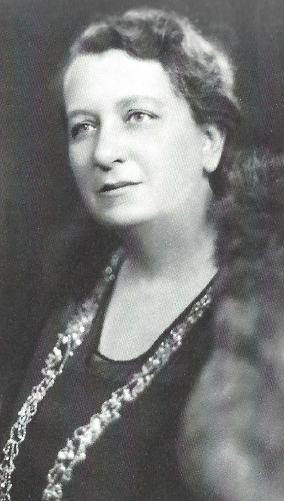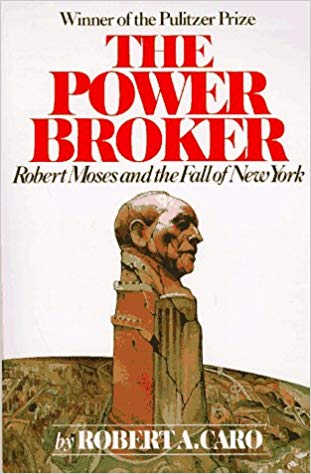
PART 3 – The Rise to Power
Chapter 6 – Curriculum Changes
Belle Moskowitz, Mrs. M to her admirers or Mosky to her detractors, as advisor to Mayor Al Smith became one of the most powerful political voices in New York. She was not so powerful when she phoned Robert Moses. Reformers regarded Belle as one of their inner circle. She was a powerful voice supporting young working women and her recommendations for regulations to govern working conditions were accepted.
In her phone call, she told Moses that Governor Smith had decided to set up a commission to implement vast public service and infrastructure changes to the City of New York, and that Governor Smith was looking for a Chief of Staff. Would Dr. Moses be interested in the job? Moses said he would. On Belle’s recommendation, Moses got the position. Moses had his own office, at last, at the Hall of Records.
The election of 1918 was the first in which women were involved. Belle’s influence with the Governor came mainly from the advice she gave him about how to win over this new electorate. Smith was an underdog in this election and Smith began to rely more and more on Belle’s advice. Belle persuaded Smith to reform the state’s administrative machinery, even in the face of the Governor’s Tammany supporting backers, by forming a Commission that included in its title “Retrenchment” which appealed to native Tammany conservatism and served to split the Republican vote.
The existing administrative machinery was in a corrupt mess, with budgets and strategy run not by the governor but by the heads of many committees and the legislature, all serving their individual interests. The bureau argued that power, as well as responsibility should be in the hands of the Governor and his representatives with the legislature reduced to a reviewing role.
When Moses began his work as Chief of Staff, it was Belle who taught him how to get things done. She taught him the statecraft of dealing with the various factions, the art of the possible. There was no doubt that she was the boss, but Moses, despite his exasperation with some of her decisions, was learning fast. By the spring of 1919, the Commission was almost entirely in Moses’s hands.
Smith, emboldened by his success with the more progressive elements, persuaded to members of the Commission to raise a budget themselves. Once they had done this, Smith supported the Commission fully. Moses was an inspiring leader because of his frankness and hard work as well as his devotion to the public interest.
The Commission began running out of money and the staff had to be let go. Moses finished the report himself. Its success was based on its clarion call and its clarity. Although the Governor held the powers, he was answerable to the electors and an independent watchdog. This democratic element won all sides over. However, other contributors, including the original work of the Bureau, were not mentioned. Moses claimed full credit. The report was published in October 1919. Al Smith agreed to fight for its implementation.
Moses directed the project to build support for Smith’s position, tempered by Belle Moskowitz’s advice. Moses took charge of answering all questions regarding the report. He was confidant of passing the necessary bills during the Governor’s next term. However, Governor Smith lost the next election and the Commission was disbanded.
By 1922, Moses was working for the New York State Association. He continued to talk with Al Smith who was now working for a transport company. He continued to tell Smith about his plans and dreams, and Al Smith listened.
Analysis & Key Takeaways
- State-Crafts and Politics involve appealing to desperate clusters of voters without the other clusters realizing you are talking to people other than yourself. Splitting the retrenchment conservative voters;
- Devotion to the public interest is a central theme for Moses: however, it is also a good cover for all kinds of prejudiced decision-making Naturally, we gravitate to the most egregious examples: because hey are easy to remember; but he will always have the defense that he was acting in the public interest. How do you measure what the public interest is? In a Venn diagram, Moses’ self-interest appears to be significantly tied to the public interest;
- Moses seems to have taken full credit for the report since he was the last man standing ad still working on it;
- Fait Accompli strategy is to start a project that cannot be fully paid for due to the agreed budget but then embarrass the government into paying for the remaining.


